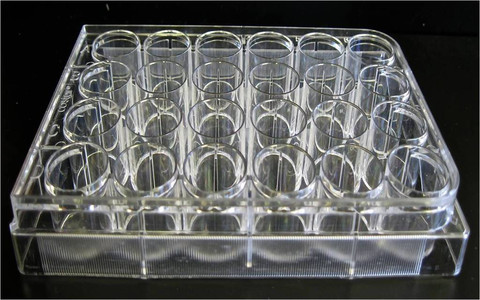
Procedures
1. You will be given 2 sets of 3 solutions.
2. Using a well plate (see below), one set with be the rows and the other set will be the columns. (3X3 grid)
3. Add about 1/4 of the well with one solution (from row) and then add 1/4 of the well with the solution (from the column).
4. Make observation of both solution before reaction and if a precipitate formed and what it looked like.
5. Go to the next reaction.
Calculation
1. Give the balanced chemical reactions (including phases) and then a net ionic reaction.
2. If the reaction does not occur, give the potential product including phase and complete a net ionic reaction (to prove no reaction).
Questions for Precipitate Reaction Lab

| Precipitation Lab Matrix | |||||||
|---|---|---|---|---|---|---|---|
| Solution | 1 | 2 | 3 | ||||
| A | ____ | ____ | ____ | ||||
| B | ____ | ____ | ____ | ||||
| C | ____ | ____ | ____ | ||||